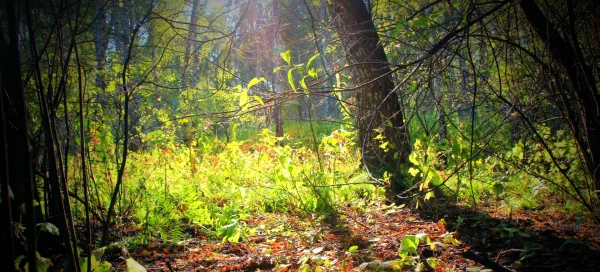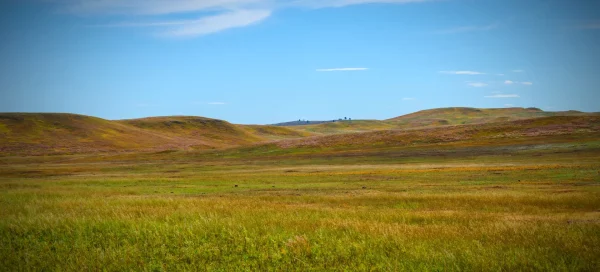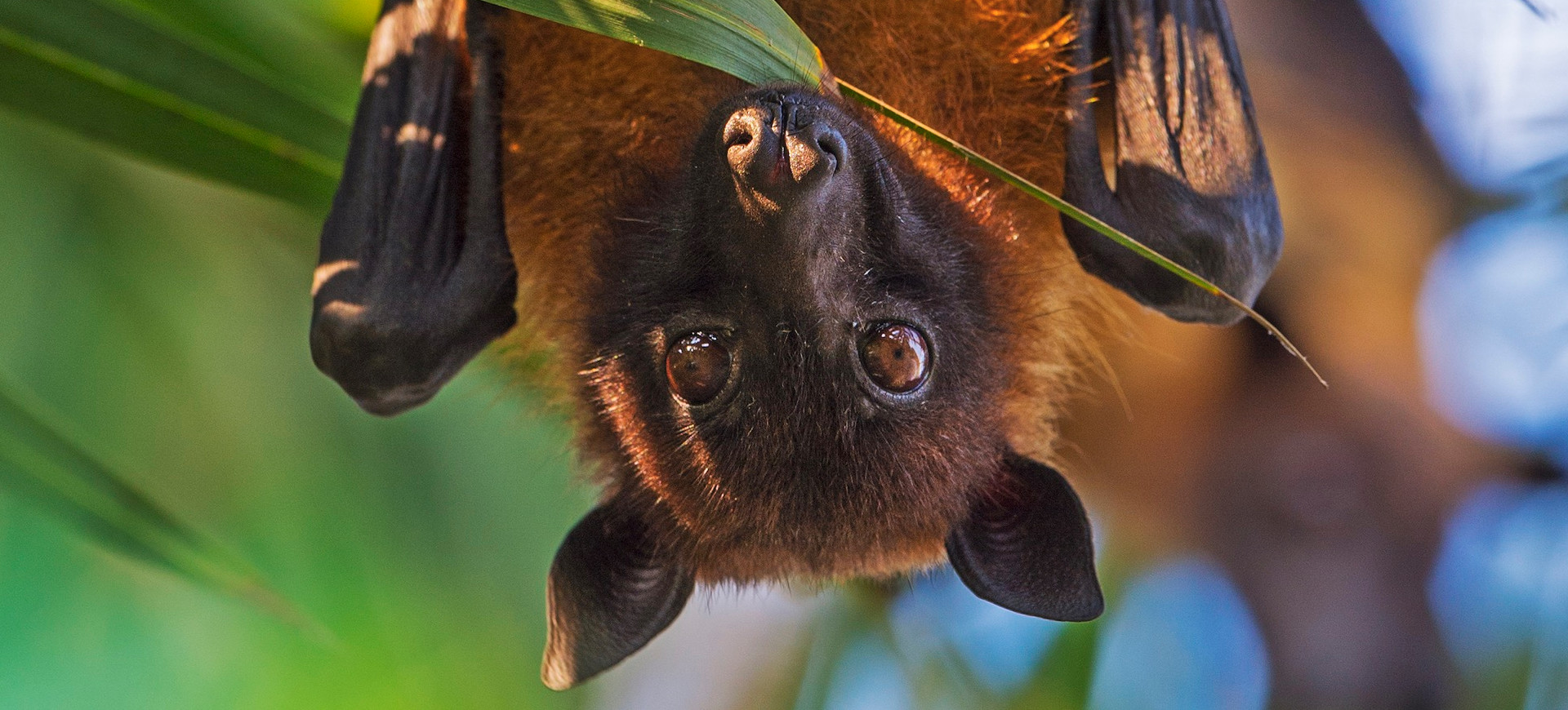Overview
The Straw-colored Fruit Bat (Eidolon helvum) is a widespread species of megabat found across the African continent. Distinguished by its straw-colored fur from which it gets its name, this bat is one of the largest in Africa, with a robust body and large wings designed for extended flight. These bats play a crucial ecological role as pollinators and seed dispersers, aiding in the regeneration of forests and the spread of fruiting plants. They are highly social animals, forming large colonies that can number in the thousands, especially in their roosting sites.
The Straw-colored Fruit Bat is notable for its impressive migratory behavior. Some populations undertake long-distance seasonal migrations to exploit fruiting trees across different regions. This migration is essential for their survival and highlights their importance in cross-pollinating various plant species. Their diet primarily consists of fruit, which they locate using their keen sense of smell. Unlike many bat species that rely on echolocation, straw-colored fruit bats depend more on vision and smell to navigate and find food.
Despite their significant ecological role, straw-colored fruit bats face habitat destruction and hunting threats. Deforestation reduces their roosting and feeding areas, while hunting for bushmeat directly threatens their populations. While a marvel to behold, their large roosting colonies make them easy targets for hunters. Conservation efforts are crucial to protect these bats, preserving their migratory routes and roosting sites.
Taxonomy
Kingdom
Phylum
Class
Order
Family
Genus
Species
Type
Physical Description:
Straw-colored fruit bats are among the largest bats in Africa, with wingspans reaching up to 76 cm (30 inches) and body weights ranging from 230 to 350 grams (8 to 12.3 ounces). Their fur is typically golden-yellow or straw, providing camouflage in their tree-filled habitats. The face is characterized by a relatively pointed snout and large, dark eyes adapted for their nocturnal lifestyle. The long and narrow wings allow efficient flight over long distances, which is crucial for their migratory behavior.
The sexual dimorphism in this species is minimal, though males can be slightly larger and may have a more developed fur collar around the neck. Their physical adaptations, including a strong jaw and teeth, are suited for a fruit diet. Straw-colored fruit bats have a robust yet lightweight skeletal structure, optimizing them for flight while minimizing energy expenditure. Their tail is short, and their ears are rounded, features that distinguish them from some other bat species.

Lifespan: Wild: ~10 Years || Captivity: ~20 Years

Weight: Male & Female: 230 to 350 grams (8 to 12.3 ounces)

Length: Male & Female: 5.5-6.7 inches (14-17 cm)

Wingspan: Male & Female: 30 inches (76 cm)
Characteristic:
Native Habitat:
The Straw-colored Fruit Bat is native to a wide range of habitats across sub-Saharan Africa, from forests and savannas to urban areas. It is highly adaptable and can be found in moist tropical forests and dry savannas, indicating its flexibility in habitat preference. These bats are particularly common in areas with abundant fruiting trees, which provide their primary food source.
Their habitat range extends from the western countries of Africa across central Africa to the eastern and southern regions of the continent. Water bodies, such as rivers and lakes, are also common features in their habitats, providing a crucial resource for their survival. The adaptability of straw-colored fruit bats to different environments is a key factor in their wide distribution across Africa.
Biogeographical Realms:
Countries:
Diet:
Diet & Feeding Habits:
Straw-colored fruit bats are frugivorous, feeding primarily on various fruits, flowers, and occasionally leaves. Their diet includes figs, mangoes, palms, and other fruits, which they forage at night. They play a pivotal role in their ecosystems as pollinators and seed dispersers, contributing to the health and diversity of African forests. The bats use their strong sense of smell to locate ripe fruits and carry fruit over long distances, aiding in seed dispersal.
These bats are known to visit plantations and agricultural areas in addition to fresh fruits, which can lead to conflicts with farmers. However, their ecological role in seed dispersal and pollination often outweighs the negative impacts on agricultural products. The feeding habits of straw-colored fruit bats are essential for the regeneration of forests, especially in areas where deforestation has occurred. Their ability to cover large distances also helps in the genetic diversification of plant species across vast areas.
Mating Behavior:
Mating Description:
Straw-colored fruit bats exhibit a polygynous mating system, where males compete to access females during the breeding season. Mating typically occurs once a year, with some variation depending on the region and environmental conditions. Males display their scent to females by vocalizing and spreading it, produced by glands in their neck region.
Females give birth to a single offspring after a gestation period of about four to six months. The timing of births is often synchronized with the peak of the fruiting season, ensuring mothers have access to ample food resources for lactation. Young bats depend on their mothers for the first few months of life, during which they are carried to feeding sites or left in communal roosts. The reproductive habits of straw-colored fruit bats are closely linked to their migratory patterns, with mating and birthing aligning with seasonal fruit availability.
Reproduction Season:
Birth Type:
Pregnancy Duration:
Female Name:
Male Name:
Baby Name:
Social Structure Description:
Straw-colored fruit bats are highly social animals, forming large colonies for roosting and breeding. These colonies can consist of thousands to hundreds of thousands of individuals, providing protection from predators and facilitating social interactions. Within these colonies, bats communicate through vocalizations and scent marking, which play important roles in mating and social hierarchy.
The social structure of straw-colored fruit bats allows for efficient sharing of information about food sources, enhancing their ability to locate fruiting trees. However, their social nature also makes them vulnerable to disturbances at roosting sites, highlighting the importance of protecting these communal areas.
Groups:
Conservation Status:
Population Trend:
The population of straw-colored fruit bats is considered to be large due to their wide distribution and adaptability to various habitats. However, these populations are subject to significant fluctuations due to habitat destruction, hunting, and other human activities. Large roosting colonies, a characteristic of this species, are particularly vulnerable to disturbances and habitat loss.
Conservation efforts are focused on protecting key roosting and feeding habitats and implementing measures to reduce hunting pressure. Education and outreach programs are also important for mitigating conflicts between bats and humans, particularly in agricultural areas where bats are seen as pests.
Population Threats:
The primary threats to straw-colored fruit bats include habitat destruction due to deforestation and urbanization, which reduces their feeding and roosting areas. Hunting for bushmeat and traditional medicine is also a significant threat, especially in areas with large colonies. Additionally, the use of pesticides in agriculture can poison bats and reduce the availability of their food sources.
Climate change threatens these bats by altering the distribution and seasonality of fruiting plants, which could impact their feeding patterns and migratory routes. Addressing these threats through habitat protection, sustainable land use practices and legal protections is essential to solving the problem of straw-colored fruit bats.
Conservation Efforts:
Conservation efforts for straw-colored fruit bats include habitat preservation, legal protections, and research into their ecology and behavior. Key strategies include protecting large roosting sites and ensuring the availability of diverse fruiting trees across their migratory routes. Collaboration between conservation organizations, governments, and local communities is crucial for effectively conserving this species.
Educational programs aimed at reducing hunting and promoting fruit bats’ ecological benefits can help mitigate threats. Research and monitoring efforts are also important for understanding population trends and the impacts of conservation interventions. International cooperation is necessary to protect migratory routes that cross national boundaries.
Additional Resources:
Fun Facts
- Straw-colored fruit bats can fly over 50 kilometers (31 miles) in a single night for food.
- They are among the most important seed dispersers in African forests, helping to maintain forest diversity and health.
- These bats have a unique detoxification system, allowing them to eat overripe and fermented fruits without intoxication.
- The large colonies of straw-colored fruit bats can be so dense that trees bend under their weight.
- They are one of the few bat species that can be seen migrating during daylight, offering a spectacular view.
- Straw-colored fruit bats have a keen sense of smell, which they use to locate fruits in the dark.
- Their roosting sites, often in urban areas, provide unique urban wildlife research and education opportunities.
- Despite their “Least Concern” conservation status, local populations can be vulnerable and need protection.
- The saliva of straw-colored fruit bats is being studied for potential medical applications, including anticoagulants.
- Conservation efforts for these bats also benefit other wildlife that share their habitat and rely on the same fruiting trees.











